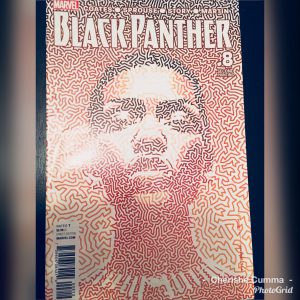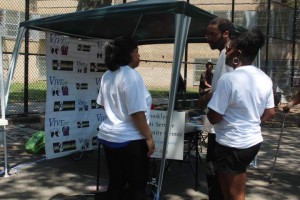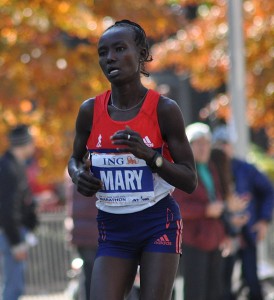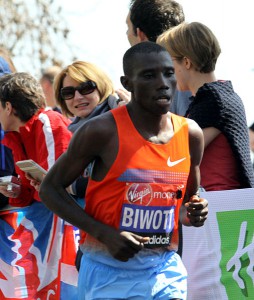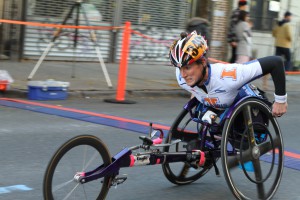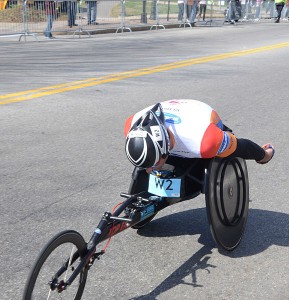Since the invention of television in the early 1900s, there has always been a lack of equal representation of all races. Sitcoms, cartoons, movies and even commercials were dominated with predominantly white leading actors and supporting casts. According to the article “The Golden Age Of Blacks In Television: The Late 1960s” by J. Fred MacDonald, “In part, the changing complexion of TV in the late 1960s was a reflection within the industry of the changes wrought by the great social and legal movement that was the push for civil rights. Until this date there had been few sponsored network shows headed by black actors.” It was not until the late 1900s that people of African descent were given roles in movies, but most of these roles were either demeaning or considered black exploitation. MacDonald explains that people of African descent were offered parts in predominantly white movies with minimum lines and camera time, people such as: Nichelle Nichols (Uhura) from Star Trek, Louise Beavers (Delilah Johnson) in The Imitation of Life, or James Baskett (Uncle Remus) and Hattie McDaniel (Aunty Tempy) in Disney’s cartoon Song of the South. All of their roles in one way or another played into negative stereotypes that were are related to people of African descent, and displayed them in a negative light. As time progressed and the Civil Rights Movement went into effect, television shows and movies became more diverse, as they began to air shows that showed people of African descent in roles that were more than just background props. As examples the article lists television shows such as The Cosby Show, Julia, I SPY and Room 222 which depicted people of African descent in a more respectful and accurate light. These shows were full of characters that portrayed people of African descent positively rather than in a way that played into negative connotations that were associated with their race.
More recently I’ve noticed that people of African descent have been dominating movie/television screens and playing characters that are relatable to people of all races. After going to see movies like Hidden Figures, Moonlight, Get Out, Fences, The Butler, and Straight Outta Compton, just to name a few, I feel as though these movies have accurately depicted the lives and struggles people of African descent face today and have faced in history. These movies have also given people of African descent a platform to have their voices heard, as movies are now created from their point of view. There is currently great excitement within the African American community because a new movie is being released that approaches African American film in a new way. The movie that is causing so much excitement is called “The Black Panther.” On February 16, 2018, about halfway through Black History Month, a movie about a Marvel Superhero of African descent will finally be released. The Black Panther movie is set in the nation of Wakanda, which is a technological fortress inhabited by African royalty and their people. Without giving too much away about the movie, the main character must return home to take over as heir to the throne after his father’s death. Now I know that the content of this movie sounds exciting, but that’s not the only reason that this movie is outselling every previous superhero film in advance ticket sales.
The Black Panther movie, which is directed by an African American man named Ryan Coogler, is so popular because it is breaking down barriers of visual media that have always glorified white superheroes such as Superman, Batman, Captain America, and Wonder Woman, while ignoring or downplaying the importance of superheroes of African descent such as Luke Cage, Black Lightning, Batwing, Storm, and The Black Panther. This introduction of a superhero of African descent into the lives of people who are accustomed to associating superheroes with the white race, provides a new dynamic into what group of people are seen as suitable role models or saviors. Not only is this movie centered on a superhero of African descent, but also the cast of this movie is the epitome of Black Excellence. Highly esteemed actors such as Angela Bassett (What’s Love Got To Do With It), Forest Whitaker (The Last King of Scotland), Michael B. Jordan (Creed), Chadwick Boseman (42), and Lupita Nyong’o (12 Years a Slave) all play major roles in this movie, and collectively have drawn in the attention of various audiences. The combination of the cast members and the content of this movie has created a fierce movement within communities of color. People are excited about this movie, and yearning to see this movie because it signifies a feeling of pride during a time where being a person of African descent is so difficult.
The Black Panther gives underrepresented groups a feeling of pride because it shows us that we can be excellent, strong, intelligent, and successful, but most of all, a hero. In a way, this movie is saying, “We do not need to wait on the white savior to rescue us from our struggles, we can rescue ourselves.” Superheroes of African descent like The Black Panther encourage young children and adults who grew up in the era of white-only superheroes to strive for greatness because they are being presented with visuals of greatness. I urge everyone–young and old–to go out and see The Black Panther movie. I feel that this movie could provide insight for people of all races, creeds and colors about how people of African descent prefer to be portrayed in media. We don’t want to be limited to categories and stereotypes that were created in segregationist eras. We are more than that, and this movie shows us and the people who seek to degrade us that we are more than the expectations placed on us. So go out, see the movie, and be part of The Black History Month Movement that will become a major part of history.
P.S. If you are just as excited to see this movies as I am, let me know what this movie means to you in the comment box below.

